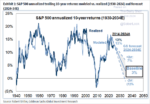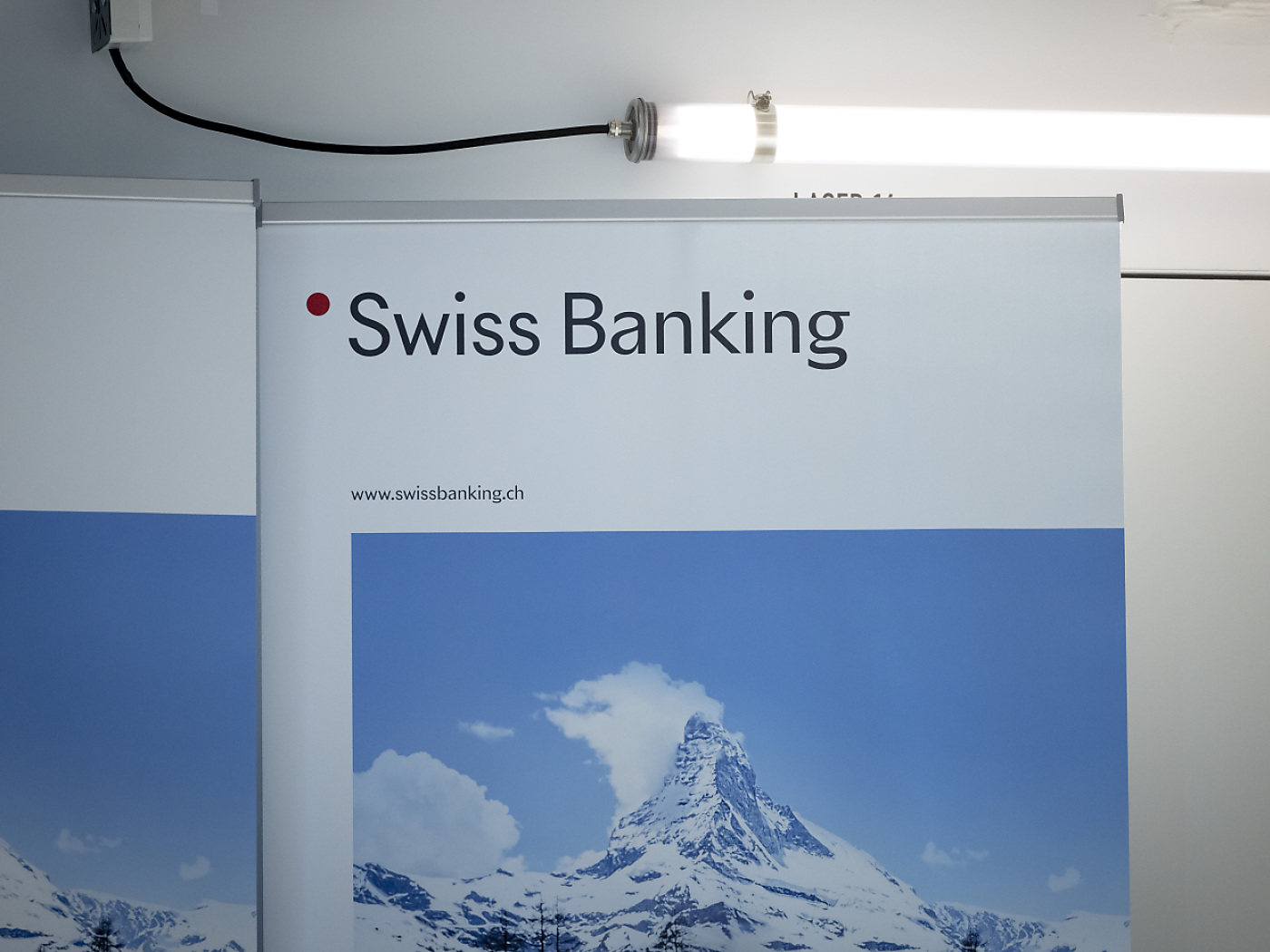Overview: The US dollar is trading with a somewhat heavier bias after bouncing higher yesterday. All the G10 currencies are higher, led by the New Zealand dollar, where the central bank is expected to hike first thing tomorrow. Most emerging market currencies are also firmer. Those that are not, like the South Korean won and Mexican peso, are nursing minor losses. The surge in Covid cases weighed on Chinese shares that trade in Hong Kong, while the CSI 300 posted the smallest of gains. Outside of South Korea, most of the other large bourses rose. Europe’s Stoxx 600 is recouping yesterday's small loss to trade near the three-month high set a week ago. US futures are slightly higher. European benchmark 10-year yields are 1-2 bp firmer, while the US 10-year Treasury yield is off almost four basis points to 3.79%. Gold is snapping a four-day fall and up about 0.5% to $1747. Similarly, January WTI is posting a gain for the first time in five sessions. After falling to about $75.25 yesterday, it reached $81.15 today before steadying around $80.40. US natgas is giving back half of yesterday's 7.5% gain, while the European benchmark is matching yesterday’s nearly 3.5% rise. Surging cases of Covid are weighing re-opening hopes and sending iron ore down 2.5% after yesterday’s 3.3% loss. Iron ore prices rose by 24% over the previous three weeks. March copper is snapping a six-day 8.5% fall. It is up 1.8%. December wheat is trading slightly heavier. It has not closed higher since last Tuesday.
Asia Pacific
There are a few developments in China to note. First, despite the widespread ideas that Beijing was pivoting on its zero-Covid policy and many investment houses raising their outlook for Chinese equities, estimates suggest that 20% of the world's second largest economy is under restrictions due to the virus, up from around 15.5% a week ago, according to one estimate. Top Chinese health officials insist on sticking with the policy. In downtown Beijing, schools have been shuttered, and people arriving to the capital starting today will be required to take three Covid tests within three days and stay at home until a negative result is produced. Second, the overnight repo rate fell 22 bp to 0.85%, the lowest level since January 2021. The hope of a Covid pivot had spurred a squeeze last week as investors shifted from bonds to stocks. Third, there was a hope that Beijing has also pivoted away from a crackdown on the technology sector. However, Reuters reports that China is set to announce a $1 bln fine on Ant for "disorderly expansion of capital." Fourth, reports suggest that Chinese companies are holding back buying more Russian oil pending the G7 price cap. Russia has reiterated that it will not sell oil to countries that honor the caps, but the price may fall and benefit those who are not formally accepting the cap. Fifth, the tightening of money market conditions lifted the Hong Kong dollar yesterday by the most in three years. The US dollar fell to nearly HKD7.80, the middle of the HKD7.75-HKD7.85 band. Intervention by the Hong Kong Monetary Authority squeezed interbank funding costs. The US dollar recovered today and is near HKD7.8150. One-month forward points, for example, were around -80 earlier this month and were +4.5 yesterday, the most since last 2021. It is nearly zero today.
The Reserve Bank of New Zealand is expected to hike its cash target rate first thing tomorrow. The swaps market has about a 2/3 chance of a 75 bp move, which would be the ninth consecutive rate hike. The last five have been for 50 bp and lifted the target rate to 3.5%. With Australia's development of a monthly CPI, it leaves New Zealand as the only G10 country still using a quarterly inflation report only. In Q3, New Zealand's CPI stood at 7.2% year-over-year, more than expected (6.5%) but little changed from Q2's 7.3% rate. The New Zealand economy is slowing after a 1.7% quarter-over-quarter bump in Q2. It is expected to have expanded by 0.5% in Q3 and 0.4% this quarter. The New Zealand dollar has rallied 12.75% off the mid-October near $0.5510, which was the lowest since the March 2020 panic low of around $0.5470. A break of $0.6065 now signal corrective pressures that target the $0.5935-40 area initially.
The dollar stalled near JPY142.25 yesterday, just ahead of JPY142.50, where options for $530 mln expire today. Session lows are being recorded in the European morning, a fully yen lower. There is another batch of option for $410 mln at JPY141 that also expire today. The greenback settled around JPY140.35 last week. The Australian dollar traded below $0.6600 yesterday, meeting the (38.2%) retracement of the rally since the softer than expected US CPI on November 10. It managed to settle slightly above there and has recovered to almost $0.6650 today. Look for the $0.6665-90 area to hold. The Chinese yuan is trading with a firmer bias as is the yen and euro, which we note the yuan has seen an increased correlation within recent weeks. The greenback is trading around CNY7.1350, after reaching nearly CNY7.17 yesterday. It settled last week slightly below CN7.12. The PBOC set the dollar's reference rate at CNY7.1667 today, slightly below the CNY7.1674 median projection in Bloomberg's survey.
Europe
It seems clearer what the UK government does not want vis a vis the EU than what it wants. A Sunday Times article over the weekend suggesting a Swiss-like deal was vehemently denied by Prime Minister Sunak. He rejected any idea that the UK would align with EU laws. There had a been a glimmer of hope when the UK indicated intentions to extend the election deadline for Northern Ireland's local government until December 8 with a fallback to January 19. The local government has not been formed since the February election as the Democratic Unionist Party (DUP) refused to cooperate to protest the Brexit arrangement which kept Northern Ireland within the EU's single markets. The hope was that the deadline signaled the Sunak government's intention of reaching a deal with the EU soon. This seems unlikely, and a new election could be put off until mid-April. One of the key stumbling blocks is how to adjudicate disputes. The original agreement, approved by the UK parliament, called for a key role for the European Court of Justice. (ECJ). Subsequently, the UK and DUP reject any role for the ECJ. Meanwhile, the UK is threatening to cut the salaries of members of the Northern Ireland's legislature (by 27.5% to ~GBP37.3k from GBP51.5k). As noted previously, the US wants a deal struck before the 25th anniversary of the Good Friday Agreement next April, when US President Biden planned to visit. The US is a guarantor of the agreement.
The eurozone reported a sharp improvement in its September current account. The 8.1 bln euro deficit contrasts with the nearly 27 bln euro shortfall in August. There appears to be some seasonal factors at work. Over the last decade, the September balance has improved in all but one year. Still, the deterioration of its external balance is a notable feature of this year's developments. It is one of the knock-on effects of Russia's invasion of Ukraine, and the subsequent policy responses. The first current account deficit was recorded in March. Through September, the eurozone's current account has averaged a 9.2 bln euro deficit. In the first nine months last year, it averaged a 27.6 bln surplus.
The euro has turned higher after approaching the (38.2%) retracement of the rally since the November 10 US CPI report. That retracement was near $1.0210, and the euro bottomed slightly below $1.0225 yesterday. It is not clear that the downside correction is complete. However, the intraday momentum indicators give scope for a new marginal high and resistance today is seen in the $1.0300-$1.0320 area. Yesterday's high was a little shy of $1.0335. Sterling is also trading within yesterday's range (~$1.1780-$1.1915). Indeed, it remains within the range set last Thursday (~$1.1765-$1.1960). The intraday momentum indicators suggest the consolidative tone is likely to continue through the North American session.
America
The price of January WTI has fallen by almost 13% over the past two weeks. It settled last month around $86.60 and fell to $77.60 ahead of the weekend. The losses were extended yesterday and prices tested September's seven-month low near $75.00 before rallying back to $80. Concerns about China's Covid surge raises questions about demand. But reports that OPEC+ would consider a 500k-barrel increase at its December 4 meeting spurred sales, and then the sharp recovery on the denial by Saudi officials. On December 5, the EU ban on Russian oil goes into effect and the G7 price cap, which is expected to be announced tomorrow.
The US economic calendar is light with the Richmond Fed survey the only release today. Tomorrow is busier ahead of Thursday's holiday. Durable goods orders, weekly jobless claims, the preliminary PMI, and the final November University of Michigan survey will be reported. Ahead of the release of the FOMC minutes, also tomorrow, three Fed officials speak today. Mester spoke yesterday and sees the scope to slow the pace of tightening to 50 bp next month. Bullard spoke recently, and although he made an intellectual case based on his derivative of the Taylor Rule for 5%-7% terminal rate, he seemed to favor 5.0%-5.25%. Bullard also appeared to defer to Powell for the pace, and hence, is unlikely to dissent from a 50 bp move. George, who last week warned that a recession was likely given how rapidly the tightening has materialized, is also likely to favor a half-point move.
Canada and Mexico report September retail sales figures today. Canadian retail sales are expected to have fallen for only the second time in Q3 after not falling in the first half. The economy has lost its earlier momentum. Next week Canada will report Q3 GDP. It is expected to be halved from the 3.3% pace seen in Q2. This quarter is expected to be weaker still and the median forecast in Bloomberg's survey sees a contraction in Q1 and Q2 next year. The swaps market is pricing in about a 20% chance of a 50 bp hike next month (December 7). Mexico's retail sales fell by 0.4% in August and are expected to eke out a small gain in September. Mexico's central bank meets on December 15, the day after the FOMC meeting concludes. It is expected to match the Fed's likely 50 bp move.
The US dollar traded back to almost CAD1.3500 yesterday, the neckline of the head and shoulders topping pattern we have been tracking. It briefly breeched the 20-day moving average (~CAD1.3480) yesterday for the first time since the much stronger than expected jobs data on November 4. It is now trading below CAD1.34 in the European morning. Initial support is seen near CAD1.3470, but we suspect it might not make it there without help from US equities. The greenback tested the 20-day moving average (~MXN19.5850) against the Mexican peso for the first time this month. It is consolidating in a narrow range today. The MXN19.60 offers the nearby cap and if it breaks initial potential extends toward MXN19.80. It seems as if last week's comments by Brazil's president-elect Lula was testing the waters on fiscal latitude. The dollar spiked to almost BRL5.53 at the end of last week before pulling back to around BRL5.40. Yesterday, it briefly traded below BRL5.30. The next area of support is seen around BRL5.25.
Full story here Are you the author? Previous post See more for Next post
Tags: #USD,Brazil,Canada,China,COVID,Currency Movement,EMU,Featured,federal-reserve,Mexico,newsletter,RBNZ,U.K.




















